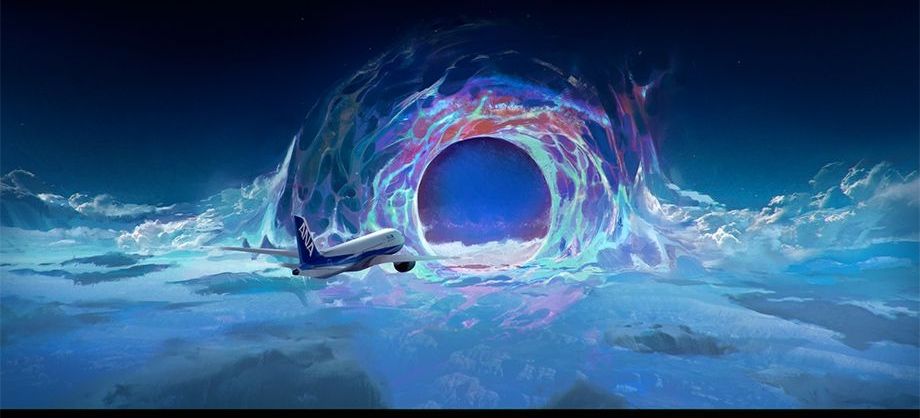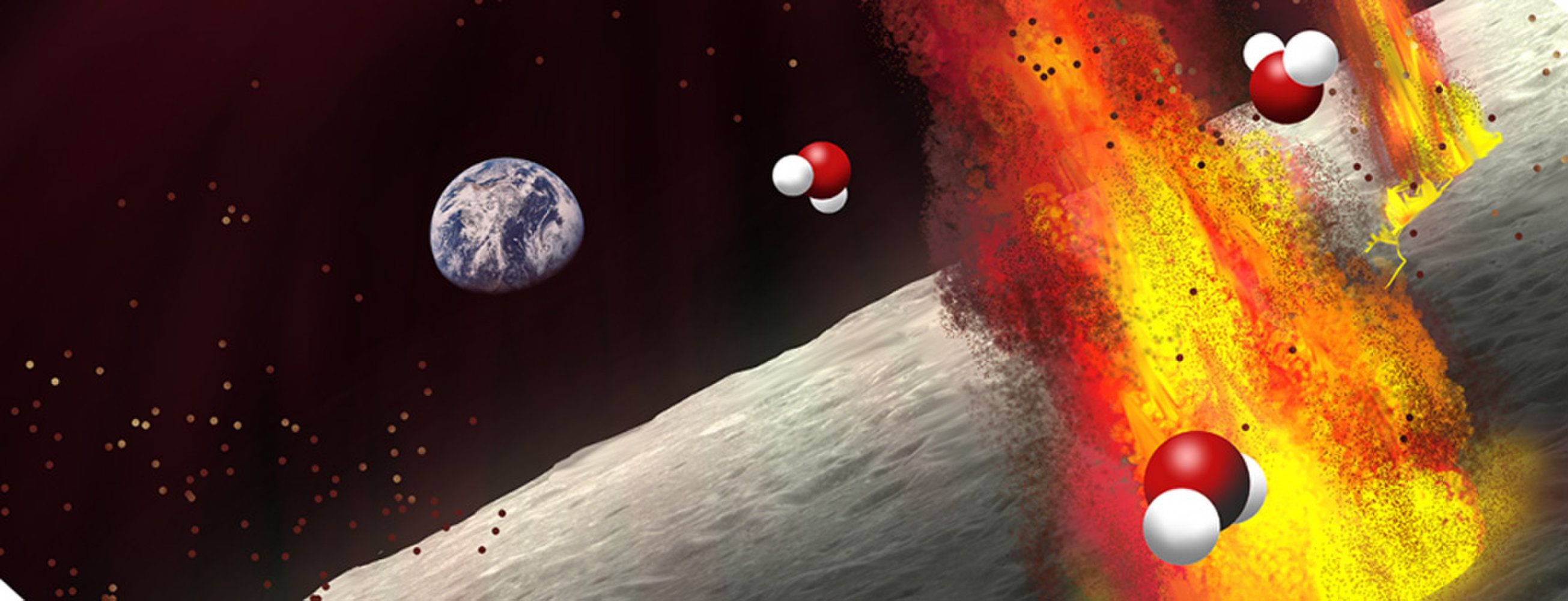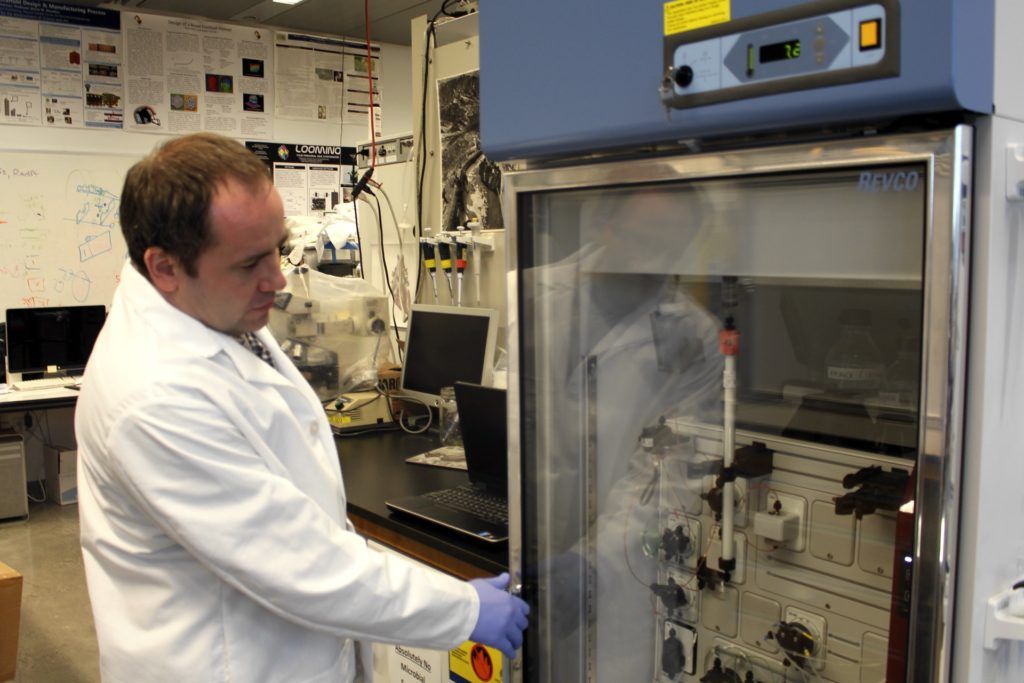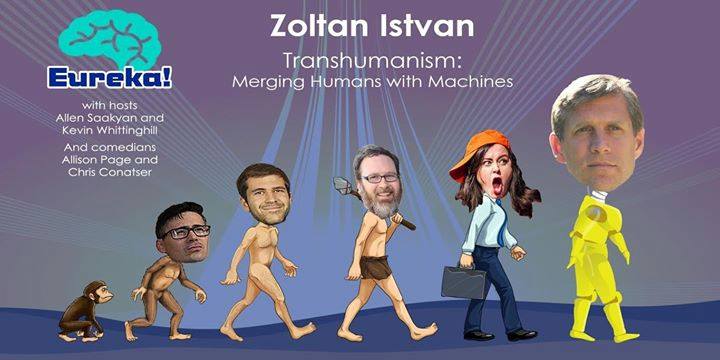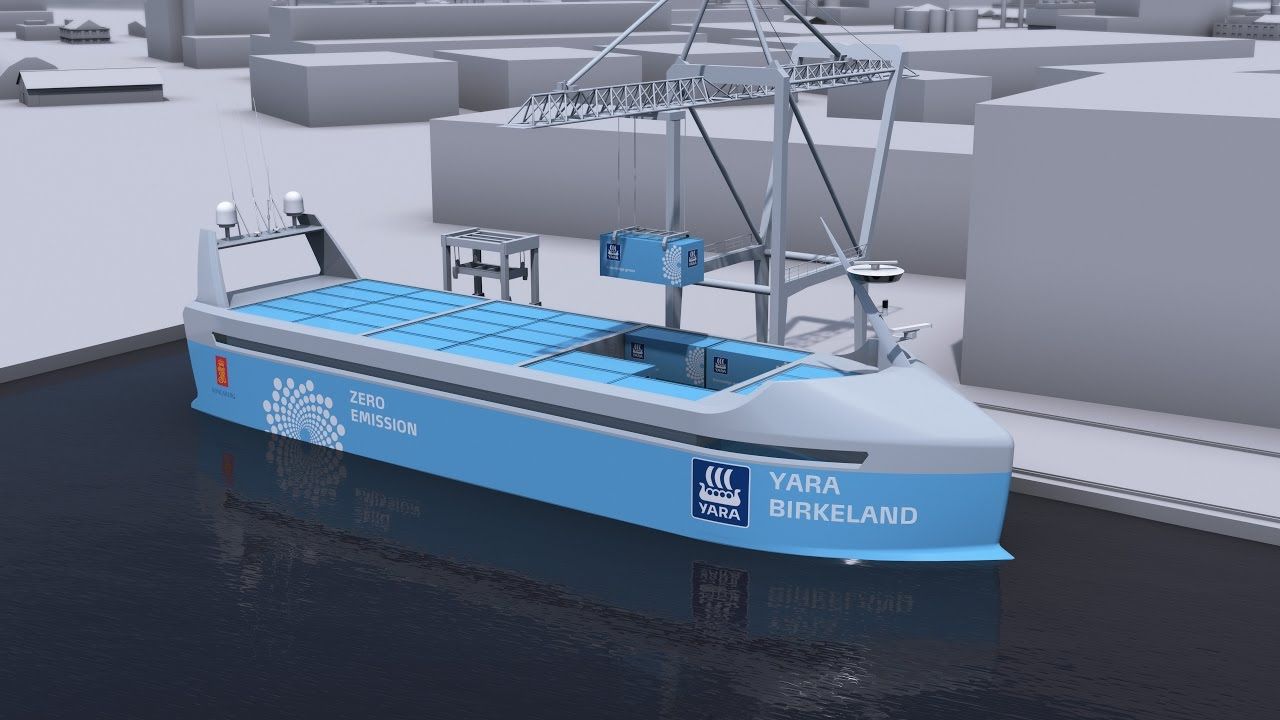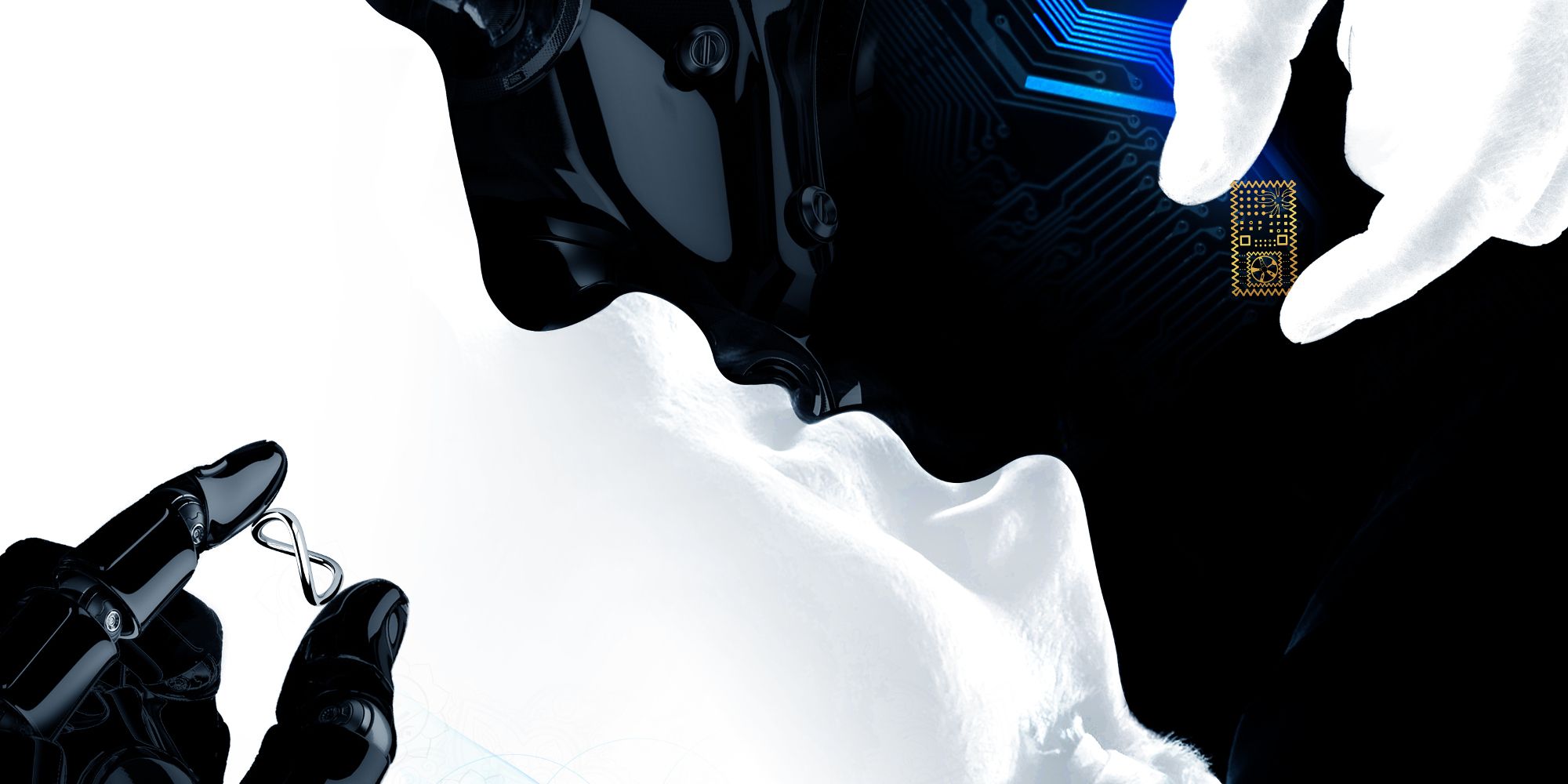Submit your story for a chance to win a seat on Flight #008 and a $10,000 prize package, including a trip to Japan.
Your flight has been mysteriously transported 20 years into the future. How could this happen? Wait, that’s not important. Take a deep breath. Look around. Without a doubt, the world has changed. What new technologies and innovations have reshaped the way we live?
XPRIZE, ANA and the world’s top science fiction storytellers are embarking on a journey to 2037, envisioning a world transformed by exponential technologies and a global community of innovators. We’d like for you to join us.
